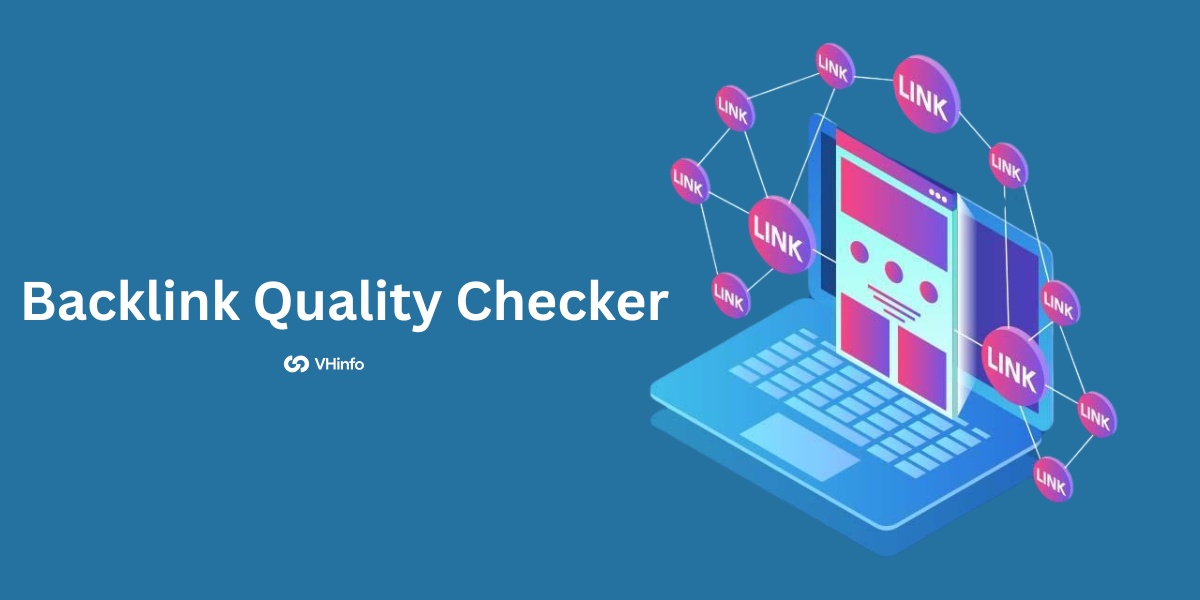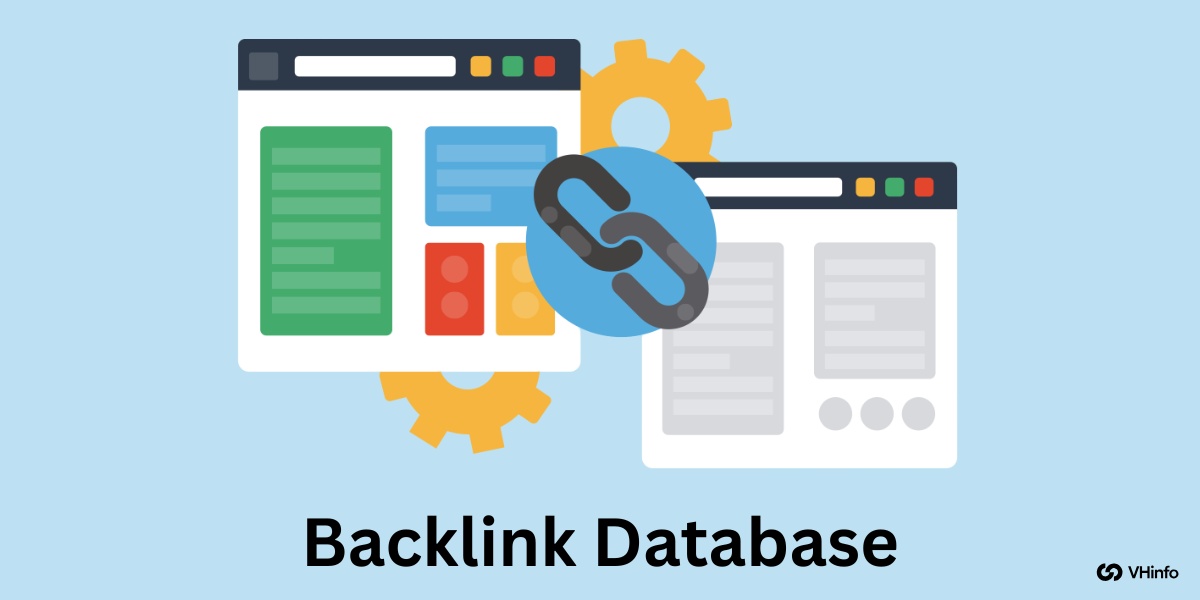A Fortune 500 retailer lost access to their email marketing platform during Black Friday 2023, resulting in an estimated $2.3 million in lost revenue within just 24 hours. This incident highlights an often-overlooked reality: email marketing platforms, despite their crucial role in modern business operations, are not immune to disruptions and data loss. As organizations increasingly rely on email campaigns for customer engagement and revenue generation, protecting these systems becomes paramount.
Understanding the Vulnerability Landscape
Email marketing systems face multiple threats that can compromise campaign performance and data integrity. Data breaches have become increasingly sophisticated, with the average cost of a breach reaching $4.45 million in 2023. Beyond malicious attacks, simple human errors or system failures can lead to devastating consequences. Organizations have lost years of carefully curated subscriber lists, campaign performance data, and customer engagement metrics in mere moments.
System downtime presents another critical challenge. When email marketing platforms experience outages, scheduled campaigns fail to deploy, real-time triggers malfunction, and automated customer journeys grind to a halt. For e-commerce businesses, where timing often determines campaign success, even brief interruptions can significantly impact revenue and customer trust.
Furthermore, data security lapses can result in severe regulatory penalties. Under GDPR, organizations can face fines of up to €20 million or 4% of global annual revenue for inadequate data protection measures. Similar regulations worldwide make data security not just an operational concern but a legal imperative.
RPO vs RTO: Understanding the Critical Metrics for Email Marketing Recovery
When planning for email marketing system resilience, understanding the distinction between RPO and RTO is crucial. While both metrics are essential for disaster recovery, they serve different purposes and require different strategic approaches:
Recovery Point Objective (RPO)
- Focuses on data loss tolerance
- Measures backward from the point of disruption
- Determines backup frequency and storage requirements
- Example: An RPO of 4 hours means your backup system must capture data changes at least every 4 hours
Recovery Time Objective (RTO)
- Focuses on system downtime tolerance
- Measures forward from the point of disruption
- Determines required recovery resources and procedures
- Example: An RTO of 2 hours means your system must be operational within 2 hours of an incident
The relationship between RPO vs RTO in email marketing becomes clear when considering a practical scenario: A business sending time-sensitive promotional campaigns might set an RPO of 1 hour to preserve recent subscriber interactions and campaign performance data, while maintaining an RTO of 30 minutes to quickly resume campaign operations.
Leveraging RPO and RTO for Email Marketing Resilience
These recovery metrics serve as crucial benchmarks in protecting email marketing operations. For example, a mid-sized e-commerce company that sends daily promotional emails to 100,000 subscribers might implement the following strategy:
- RPO of 12 hours ensures minimal loss of subscriber interaction data
- RTO of 2 hours maintains business continuity
- Combined approach minimizes impact on revenue and customer engagement
Implementing Robust Security Measures
Protecting email marketing operations requires a multi-faceted approach: From using DMARC generator for proper email authentication to regular monitoring, every step is crucial in maintaining a secure email environment.
Data Backup and Replication
Implement automated, regular backups of all critical data, including:
- Subscriber lists and segmentation data
- Campaign templates and content
- Performance metrics and analytics
- Automation workflows and triggers
Store backups in geographically distributed locations and regularly test recovery procedures to ensure data can be restored within your defined RPO.
Infrastructure and Platform Selection
Choose email marketing platforms that offer:
- High availability infrastructure with documented uptime guarantees
- Automatic failover capabilities
- Regular security updates and patch management
- Comprehensive disaster recovery procedures
Security Protocols and Best Practices
Strengthen your email marketing security through:
- End-to-end encryption for data at rest and in transit
- Multi-factor authentication for all user accounts
- Regular security audits and vulnerability assessments
- Role-based access control to limit data exposure
Cross-functional Collaboration
Marketing teams should work closely with IT departments to:
- Define realistic RPO and RTO targets based on business needs
- Establish clear incident response procedures
- Conduct regular disaster recovery drills
- Update security measures based on emerging threats
Essential Tools for Risk Mitigation
Modern email marketing platforms should include:
- Automated backup systems with point-in-time recovery options
- Real-time monitoring and alerting capabilities
- Built-in security features like IP whitelisting and SSL/TLS encryption
- Audit logs for tracking system access and changes
Supplementary tools might include:
- Third-party backup solutions for additional data redundancy
- Security information and event management (SIEM) systems
- Performance monitoring tools for early warning of potential issues
Taking Action
The resilience of your email marketing operations directly impacts your bottom line. Take these steps today:
- Assess your current email marketing platform’s security features and backup capabilities
- Define appropriate RPO and RTO values based on your business requirements
- Implement comprehensive backup and security measures
- Develop and test disaster recovery procedures
- Train team members on security best practices and incident response
Remember, the question isn’t if a disruption will occur, but when. By implementing proper security measures and establishing clear recovery objectives, you can minimize the impact of any interruption to your email marketing operations.



